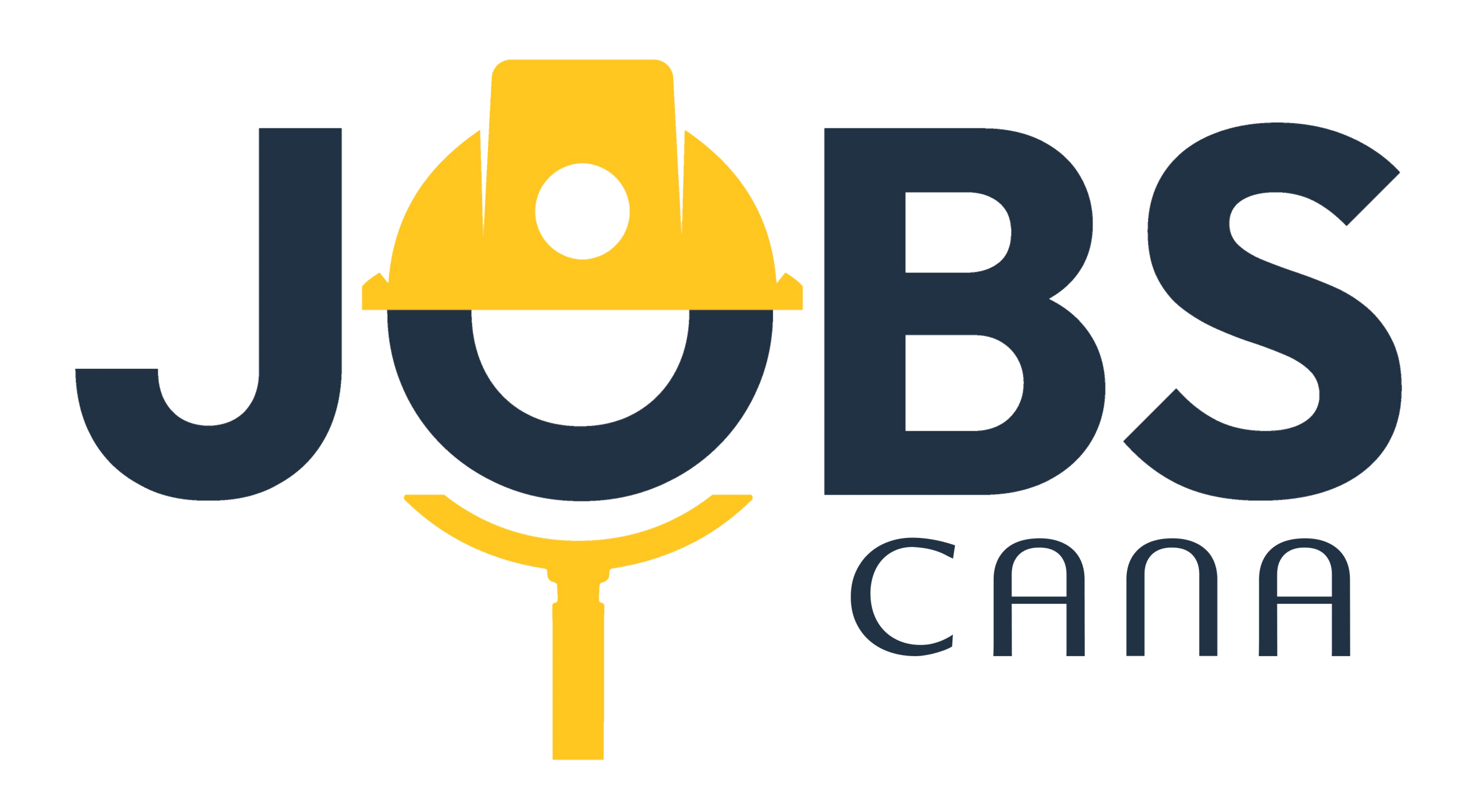Are you worried about how inflation might be affecting your hard-earned savings? The impact of inflation on your savings can sometimes be subtle but significant. Understanding the relationship between inflation and your savings is crucial to safeguarding your financial future. In this article, we will explore what inflation is, how it affects your savings, and strategies to mitigate its effects.
Understanding Inflation: A Brief Overview
Inflation is the rate at which the general level of prices for goods and services rises, causing purchasing power to fall. Central banks attempt to limit inflation—and avoid deflation—in order to keep the economy running smoothly.
Core Concepts
Inflation reduces the value of currency over time. This means that, as prices rise, each unit of currency buys fewer goods and services. For savers, this means that the money set aside today will be able to buy less in the future.
Causes of Inflation
Inflation can be caused by various factors. Demand-pull inflation happens when demand for goods and services exceeds supply. Cost-push inflation occurs when the costs of production increase, leading to higher prices.
Another key concept is monetary inflation, which occurs when there is an increase in the supply of money, typically as a result of central banks printing more money.
Historical Context
Throughout history, periods of high inflation have had dramatic impacts on savings. For instance, during the 1970s in the United States, inflation rates soared, resulting in significant losses in the real value of savings for many households.
Understanding these aspects of inflation is crucial for protecting your savings and making informed financial decisions. By recognizing how inflation works and its potential impacts on your purchasing power, you can better strategize ways to safeguard your savings.
How Inflation Erodes Your Savings

Inflation, when it occurs, elevates the general price level of goods and services over time. This means that the purchasing power of your money declines. If your savings do not grow at a pace that matches inflation, the real value of your nest egg diminishes.
Let’s consider an example: If the annual inflation rate is 3%, something that costs $100 today will cost $103 next year. If your savings only earn 1% interest, your money won’t keep up. Essentially, you can buy less with the same amount of money, effectively eroding your savings.
Inflation can also impact fixed-rate investments like bonds. While these investments might seem secure, as inflation rises, the fixed return diminishes in value when measured against current living costs. In periods of high inflation, what seemed like a stable investment may actually lead to a decrease in real returns.
Keeping a portion of savings in forms that offer better protection against inflation, such as stocks, real estate, or inflation-indexed bonds, can be more beneficial. These investments generally have the potential to grow at a rate that keeps pace with or exceeds inflation, preserving the purchasing power of your money over time.
Protection Strategies Against Inflation
When it comes to protecting your savings against inflation, diversification is a key strategy. Invest in assets that historically outperform inflation, such as stocks, real estate, and commodities like gold. Additionally, consider inflation-protected securities such as TIPS (Treasury Inflation-Protected Securities) which adjust with inflation.
Holding a diversified portfolio
can also be beneficial. Spread your investments across different asset classes to reduce overall risk. This way, even if inflation affects one sector, your entire portfolio won’t suffer.
It is crucial to regularly review and adjust your investment strategy. Keep an eye on inflation trends and economic indicators to make timely adjustments. Consulting with a financial advisor can provide personalized strategies to safeguard your savings.
Lastly, don’t ignore the importance of cash flow management. Ensuring you have enough liquidity to handle unexpected expenses without resorting to high-interest borrowing can help you maintain financial stability despite inflationary pressures.
The Role of Interest Rates

Interest rates play a crucial role in the relationship between inflation and savings. When inflation rises, central banks often increase interest rates to control inflation. This can have a direct impact on your savings. Higher interest rates mean that borrowing costs are high, which can reduce spending and investment. Conversely, it can benefit your savings as savings accounts and fixed-income investments may offer better returns.
However, the relationship is not always straightforward.
In times of high inflation
, even if interest rates are increased, the real return on your savings might still be negative if inflation outpaces the interest rates. This underscores the importance of understanding the dynamic between inflation and interest rates, and how they interact to affect your financial health.
Additionally, interest rates influence how much you earn on savings accounts, certificates of deposit (CDs), and other savings instruments. When interest rates are low, the returns on these accounts are also low, which may not be sufficient to keep up with inflation. Therefore, it’s important to regularly review and adjust your savings strategies to ensure that your money is working effectively for you in both high and low interest rate environments.
Long-term Effects of Inflation on Your Savings Plan
When evaluating the long-term effects of inflation on your savings plan, it is crucial to understand compound interest’s role. Over time, inflation decreases the purchasing power of your money, thus demanding a higher return on investments to maintain your real value. For instance, if inflation averages 3% annually, a savings account must yield more than 3% interest just to preserve its value.
Diversifying Investments
Diversification can safeguard your savings from inflation. Allocating assets in stocks, which often outpace inflation, and inflation-protected securities can form a balanced strategy.
Reviewing Savings Goals
It’s also important to periodically review and adjust your savings objectives. Consider increasing your savings rate to offset the reduced value caused by inflation.
Monitoring inflation rates and adjusting your savings plan accordingly ensures you can protect your financial future effectively even in an inflationary environment.


 Building Wealth: Long-Term Strategies for Financial Success Revealed
Building Wealth: Long-Term Strategies for Financial Success Revealed  How to Stay Financially Fit During Retirement: Tips for Success
How to Stay Financially Fit During Retirement: Tips for Success  The Role of Financial Advisors and When to Hire One: A Guide
The Role of Financial Advisors and When to Hire One: A Guide